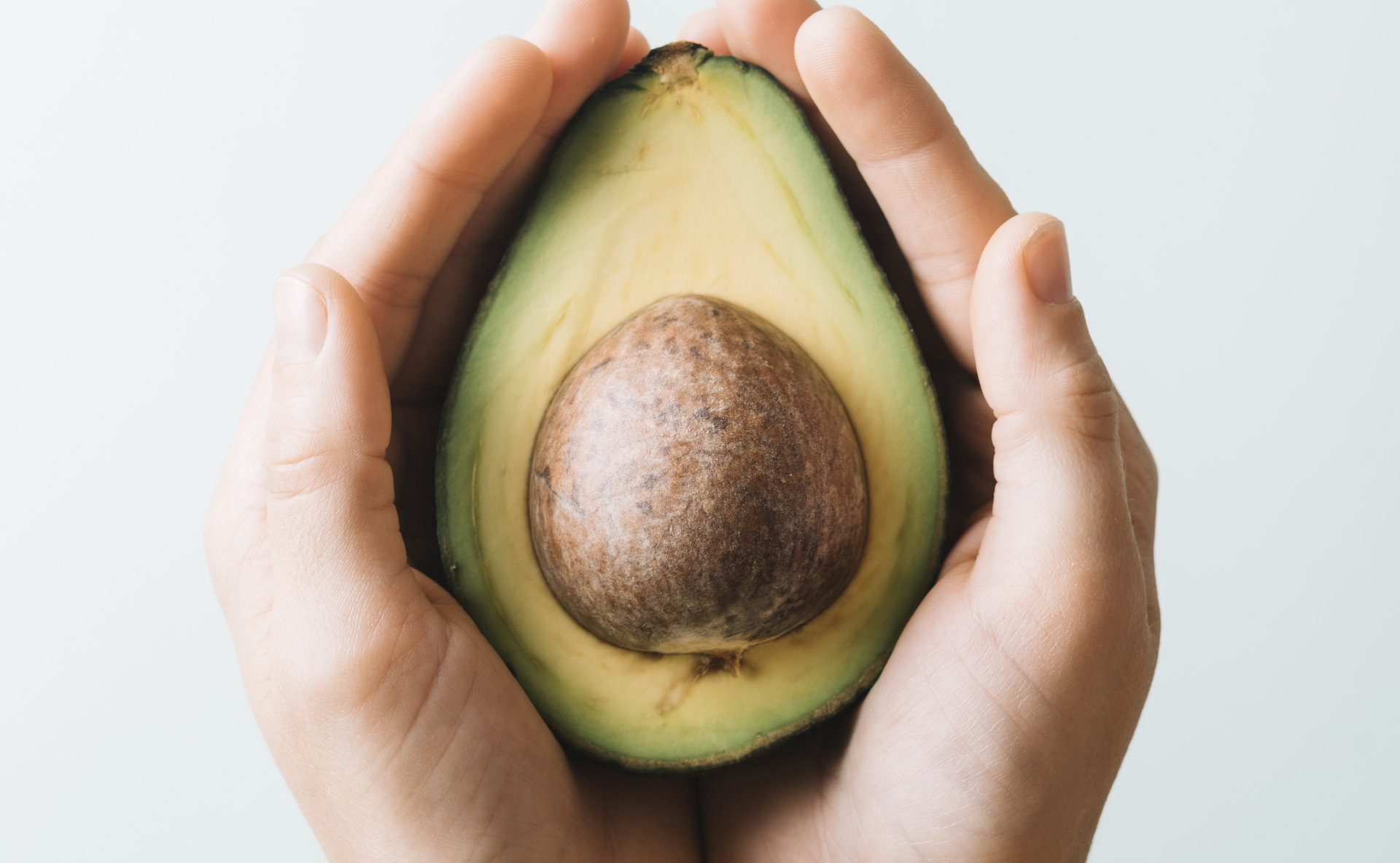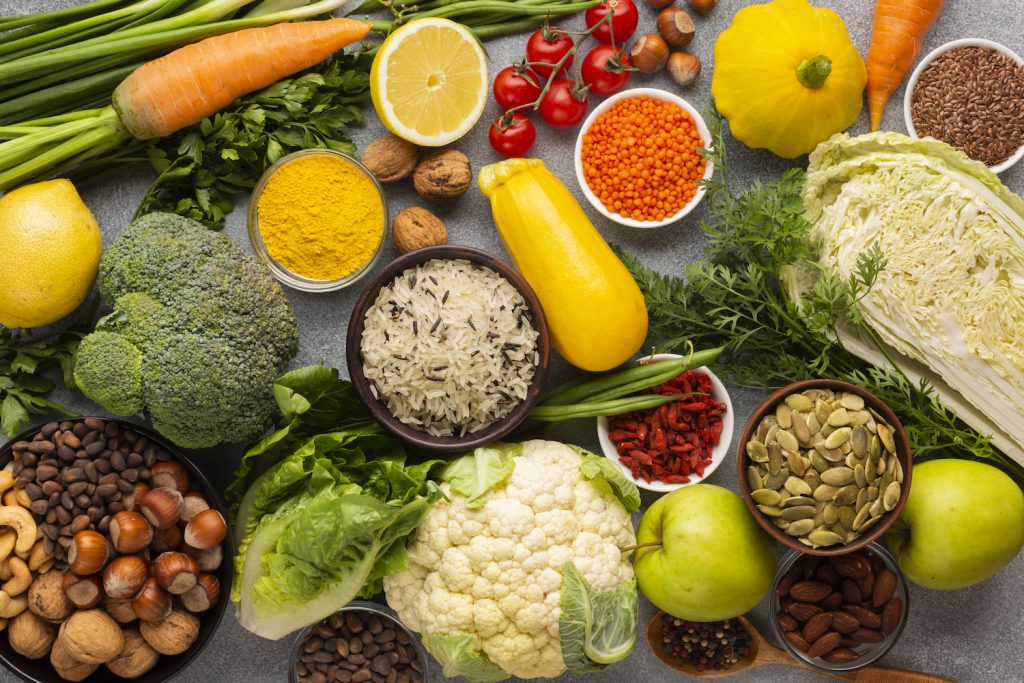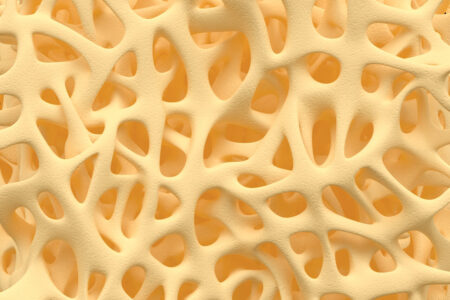For years, fats have been blamed for a hundred deadly sins. In recent years, with the triumph of all kinds of high-fat diets, the pendulum has swung to the other side. People are encouraged to consume foods high in fat, including animal fat. So what is the truth?
It must be admitted that science has advanced considerably in recent decades and the great fear of fats is not justified. Fats are important macronutrients and we desperately need them. However, it is important which fatty acids we consume and in what ratio. The modern food industry has made a great effort to develop food that is as cheap and long-lasting as possible. These efforts have brought a lot of trans fats to our table, which are accompanied by a lot of health risks. Also, the balance of essential fatty acids has shifted due to the proportionally high consumption of farmed meat and dairy products and grains.
In other words, avoiding all fats or consuming fat indiscriminately is not a good alternative. Fat must be consumed in sufficient amounts and it must be the so-called good fat in the right proportion. Does this seem too theoretical? I will give you one study as an example.
Fat versus grease
Namely, there is a difference between fat and fat. For example, I will give one study that compared the menu offered by the American Heart Association (AHA) with an avocado-based menu. The avocado-based menu had 37% of all calories from fat, including 13% of saturated fatty acids. The AHA Step 3 menu had 21% of all calories from fat, including 7% of saturated fatty acids. So less fat and less saturated fatty acids, which should be good, right?
The study results showed that a diet high in avocados reduced bad cholesterol by 8.21% and good cholesterol levels remained unchanged. In the traditional low-fat diet, total cholesterol dropped by only 4.91% and good cholesterol by 13.91%. So there's no need to be afraid of fat. More fat can mean better health.
How much fat should you eat?
This is a very good question, and it is difficult to answer. It depends. As we saw from the study described, a lower-fat diet may not necessarily be healthier. At least in terms of cholesterol levels. The national recommendation is that the proportion of calories from fat should be between 25 and 35%. It is warned that a level below 20% can become dangerous to health. The lowest recommendation that I have come across comes from a carbohydrate-based raw food diet called 80/10/10. One of these numbers in tens refers to the percentage of fat. However, the author claims that this is a margin, according to his estimate, the body needs fatty acids for about 5% of calories. At the other extreme is a high-fat or ketogenic diet, where the proportion of fat is 50–60% of calories. We hope that scientific research will shed more light on this issue soon. Proponents of each direction are convinced of the correctness of their approach, and let them be. Let's take a closer look at which fats are good, which are bad, and in what ratio different good fatty acids should be consumed.
Classification of dietary fats
Now that we have seen the difference between fat and grease, it is a good time to take a little peek into the world of fats. Fats are made up of fatty acids, and the main types of fatty acids are:
- unsaturated fatty acids, which in turn are divided into
- monounsaturated fatty acids and
- polyunsaturated fatty acids;
- saturated fatty acids;
- trans fats.
If we were to quickly separate the goats from the sheep, the first thing on the list of bad fats would be trans fats. According to the national recommendation, you shouldn't eat more than 1g of them per day, but ideally, you shouldn't eat them at all. Trans fats are mostly a product of the food industry and are almost never found in natural foods.
The rest of the group, saturated, monounsaturated and polyunsaturated fatty acids, could be roughly divided into three parts, each about 1/3. It should be remembered that saturated fatty acids should be consumed up to 1/3 of all fats and unsaturated fatty acids (mono- and poly- together) should be at least 2/3 of all fats consumed.
And as if that weren't confusing enough, in addition to the classification of fatty acids, it's important to keep in mind that all of these fats can be found in the store in natural or refined form, and the chemical inertness, or simply put, heat tolerance, of different fats is different. And of course, the origin: animal fats and vegetable fats, there are differences here too. After all, we don't buy monounsaturated fatty acids in one jar and saturated ones in another. All of the main food fats that we buy in the store contain different types of fatty acids to a greater or lesser extent. More on all of that in a moment.
Polyunsaturated fatty acids
Let's start with polyunsaturated fatty acids. There are several reasons for this. First, they are the so-called good fatty acids, and secondly, this group includes several essential fatty acids such as omega-3 and omega-6, which the body does not synthesize itself. These fatty acids mainly reach us through plants and fish. If we eat these plants or fish, of course.
Now, if we talk about the problems, one of the problems in this group of fatty acids is the ratio of omega-3 to omega-6, which ideally should be 1:1. According to nutritionists, their ratio in our diet is actually 1:20 or even more, and this is to the detriment of omega-3. This is bad because excessive consumption of omega-6 fatty acids promotes inflammatory processes in the body, e.g. joint pain, etc. And this is also the reason why omega-3 fatty acids are so widely advertised.
You've probably noticed that there's a lot of talk about the importance of omega-3 fatty acids, and that many products are enriched with omega-3 fatty acids, such as eggs, rapeseed oil, etc. Omega-3 supplements are also advertised. So where can you get them?
Essential omega-3 fatty acids, such as ALA, can be obtained from plants, the best-known sources being flaxseed and oil, safflower and rapeseed oil. The body can synthesize higher fatty acids EPA and DHA from ALA. However, vegetarians in particular should remember that these higher fatty acids, EPA and DHA, are only found in animal sources such as salmon, anchovies, sardines, tuna, herring, mackerel and trout. Why is this important? We have just said that the body can also produce them itself. The problem is that our usual diet contains significantly fewer sources of omega-3 than sources of omega-6 fatty acids, and if we are not careful enough, we may not get enough ALA from plant foods. In addition, studies have shown that, especially as we age, the body's ability to synthesize other fatty acids from ALA can decrease significantly. Therefore, it is worth considering either taking high-quality omega-3 supplements or eating fish that have grown freely in the sea. When it comes to fish, you should choose small, lower-lying, deeper-dwelling fish like anchovies, although sprats and herring are also good choices. Farm-raised fish are not a good source of omega-3s because they are fed grain, which is mainly a source of omega-6 fatty acids, and they also contain more heavy metals.
The main sources of omega-6 fatty acids are sunflower, soybean, and corn oils. Soy and grain products, as well as farm-raised meat, including fish, also help to upset the balance of omega-3 and -6.
In summary about polyunsaturated fatty acids: keep an eye on the balance of omega-3 and omega-6, which in practice means adding omega-3 to your diet and reducing sources of omega-6. And it's worth remembering that polyunsaturated fatty acids are not very chemically inert, so they oxidize easily, meaning they don't last long and are afraid of heat.
Monounsaturated fatty acids
This is the largest group of fats, which should cover up to 10–20% of our energy needs according to national recommendations. This includes omega-9 fatty acids, which are found in olive, almond and sesame oils, olives, avocados and nuts. For example, 100g of hazelnuts contains 49g of monounsaturated fatty acids, 100g of pecans 42g, and 100g of almonds 38g.
Omega-9 fatty acids reduce the risk of heart disease, diabetes, cancer, and obesity.
Saturated fatty acids
While unsaturated fatty acids are mainly of plant origin, saturated fatty acids arrive on our plates mainly as solid fats of animal origin. The main sources are pork, lamb, beef and poultry, various dairy products, including yoghurts, cheeses, curds and, unfortunately, ice cream. Saturated fatty acids should be consumed in moderation and animal fats in particular should be reduced.
The strength of saturated fatty acids is their chemical inertness, they are better preserved than unsaturated fatty acids, and they tolerate heat better. That is why they are often used in frying.
Good sources of saturated fats include coconut and palm kernel oils. They are easier to digest, are not stored as fat in the body, and are quickly burned for energy. They do raise cholesterol levels, but at the expense of good cholesterol. They also have a high smoke point, meaning they are great for use at high temperatures.
Palm kernel oil should not be confused with palm oil, and it is recommended to prefer oil from Africa over that from Asia, as the latter involves major environmental problems in oil production.
Refined oils and frying
Refining oils increases their heat resistance, but it destroys beneficial nutrients and the oil's natural aroma. In addition, the oil contains chemical residues from refining.
Unrefined, cold-pressed oils, such as Extra Virgin olive oil, should be preferred. For cooking, the best oils are olive and rapeseed oil (at medium heat, up to 175ºC), as well as coconut and palm kernel oils, which can withstand higher heat than olive oil, but may not be to everyone's taste due to their specific taste. The less polyunsaturated fatty acids a fat contains, the better it can withstand heat.
In conclusion
So what do you recommend in conclusion? Enrich your salads with all sorts of exciting oils, especially those where the balance of omega-3 and -6 is in favor of the former. Avoid trans fats, which are more likely to be found in margarines, chocolate, candy, ice cream and other “good” things. Reduce the consumption of saturated fats of animal origin, i.e. the proportion of meat, fish and dairy products in your diet, replacing them with vegetables and unsaturated fatty acids.

Allan Randlepp
NutritionistAllan is a nutritionist and trainer whose favorite topics are lifestyle and longevity, including nutrition and physical activity.
Nutritional counseling







